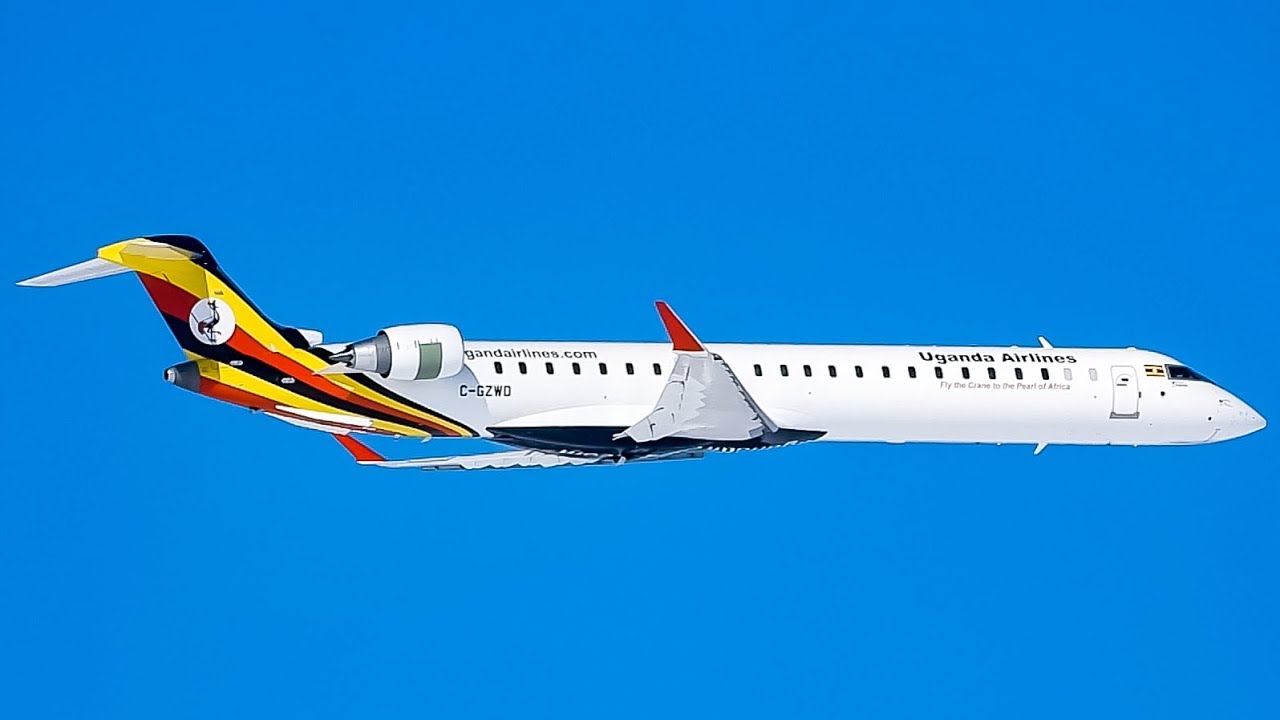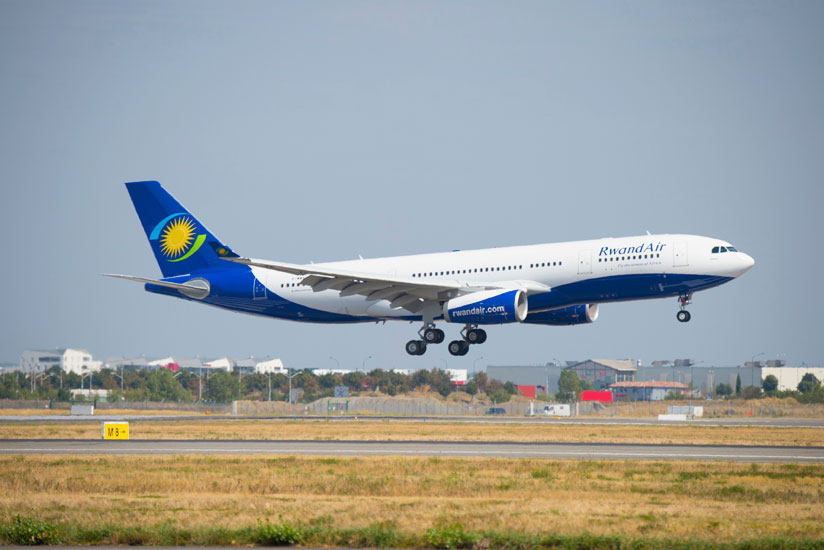Uganda Airlines has made an emotional return to the skies amid optimism and promising circumstances both locally and in the region. After a couple of postponements, the national carrier lifted off the ground to deliver its first passengers to the Kenyan capital Nairobi, on August 28. Within a week it has landed in Juba (South Sudan), Mogadishu (Somalia) and Dar es Salaam (Tanzania)- and soon to other regional destinations, just in time for the recently launched African Union Open Skies Policy.
Though the airline has received as much pessimism as optimism, it is clear that the environment and circumstances in 1999, when it collapsed, and now when it is restarting, have changed. Speaking at the ceremony to receive the airline’s first two Bombardier CRJ-900 aircraft in April, President Yoweri Museveni said Ugandans spend up to US$450 million in travel annually- which has hitherto been “donated” to other countries- which can now be spent on the national carrier.
The other remarkable change that has taken place in the circumstances is the growth of tourism in the country. According to the Uganda Bureau of Statistics, the country registered 1.8 million arrivals in 2018, a 22 per cent increase from 2017, when 1.4 million were recorded.
The country is currently undertaking some aggressive campaigns to attract more tourists, which is coupled with investment in tourism infrastructure. The country’s tourist sites are getting better exposure and ratings in international media. It is expected that the number of tourists visiting the country will go up several fold.
Compared to 2001 when the total arrivals into Uganda were only 500,000, today’s picture is a much rosier for air travel. Besides the tourism promotions, there are many Ugandans working and living abroad who visit the country regularly. The country has also, thanks to hospitality infrastructure developed over the years, increasingly become destination for international conferences and meetings. All of these favour air travel.
According to the International Civil Aviation Organization of the United Nations (ICAO), there is strong relationship between aviation and tourism. For example, in 2014, US$ 46 billion of gross domestic product (GDP) to the tourism sector in Africa in 2014 can be attributed to aviation.
The ICAO analysis, shows that big tourism destinations benefit a lot from air transport. For example, in South Africa, 3.5 per cent of their GDP is supported by air transport and foreign tourists arriving by air, and in 2014 alone, foreign tourists spent US$ 9.2 billion in the South African economy. In Egypt, 4.4 per cent of their GDP is supported by air transport and foreign tourists arriving by air, and foreign tourists spent US$ 6.9 billion in their economy in 2014. East Africa’s biggest tourism earner, Kenya, has 5.1 per cent of its GDP supported by air transport and foreign tourists arriving by air, and foreign tourists spent US$ 0.8 billion in 2014 alone in the East African country.
Besides tourism, today the country is on the verge of oil extraction, refining and exportation, which is expected to attract at least US$20 billion at the first instance of decisions on investment on the refinery, pipeline and other up and downstream infrastructure. Investments like these will naturally attract more air travel activity in and out of the country.
At the regional level, Uganda Airlines is relaunching at a time when the African Union is placing emphasis on development of aviation on the continent as one of its core aims in its Agenda 2063. In January last year, the African Union Heads of State and Government at their summit in the Ethiopian Capital Addis Ababa, launched the Single African Air Transport Market (SAATM)-also called the Open Skies Treaty.
Under this Treaty, African leaders are eyeing “creating a single unified air transport market …through the liberalization of civil aviation in Africa. This is seen as an impetus to the continent’s economic integration agenda.”
Although there has been a slow start (only 28 signed up countries), and one false start before (the 1988 Yamoussoukro Declaration of 1988 and decision of 1999), there is growing interest in the treaty in the region.
A study by the African Union shows that even “ if just 12 key African countries opened their (air) markets and increased connectivity it could create an extra 155,000 jobs and generate an additional US$1.3bn in annual GDP in those countries.”
A report by consulting firm Deloitte, Single African Air Transport Market Is Africa ready? Published in May 2018 said, “With the high growth forecast in regards to air travellers, it is evident that a strong case for open skies in Africa exists.”
The report says that “Air transport can open and connect markets, facilitating trade and enabling African organisations to link into global supply chains. It plays an especially pivotal role in just-in-time global manufacturing production and in speeding fresh produce from agricultural communities to appropriate markets. Enhancing air connectivity can help raise productivity by encouraging investment and innovation; improving business operations and efficiency; greater cooperation between African airlines; access to cross-border investments and mergers.”
One of the best examples of the contribution of aviation to an economy is the United Arab Emirates where aviation- their Emirates Airline, Dubai Airports and the aviation sector as a whole contribute US $30 billion to the Dubai economy, which about 30 per cent of Dubai’s GDP and supported half a million jobs, or 20 per cent of the emirates’ total employment.













